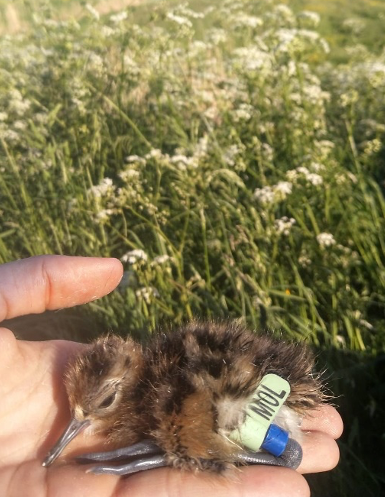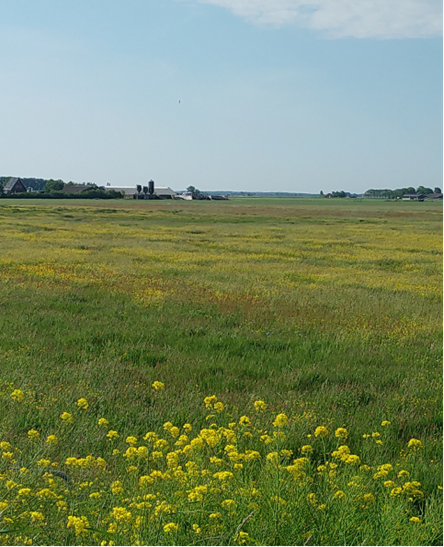Godwit nest predation
Every year in South-West Friesland, more than two thousand godwit chicks crawl out of the egg. After they hatch, they disappear into the knee-high ryegrass or into a maze of rattles and sorrels. And so, they become invisible to us. Most of them are only seen again around 35 days later, when they can already fly. The comings and goings of godwits during the pre-fledging period – the 25-day period in which they cannot fly yet – is therefore still a black box. Where do the families go? Which type of meadow do they visit the most and which meadows do they hastily leave? What distances do families travel? And most importantly, which chicks make it to the finish line of flying?
To illuminate a part of that black box, we follow families in detail by applying transmitters on one of the parents. We therefore know the whereabouts of the whole family, and the parent’s behavior tells us if its chicks are still alive. Over the last 4 years, we have closely followed 320 godwit families during this elusive pre-fledging phase. Some families started their journey in monocultures, others in herb-rich meadows, some early in the season, others late. Each family carved their own story; several stories were successful, others were tragic. Finally, we can now start to find patterns in these stories, and we can determine where godwit families go and where they thrive.


A story of success, the story of godwit chick MOL, hatched in May of 2022 (left). MOL’s mother carried a radiotag. We therefore know exactly where the family has been during the time that MOL could not fly. Together with approximately 10 other families, MOL and siblings spent their entire pre-fledging period in the same herb-rich parcel (right) until MOL could fly.



